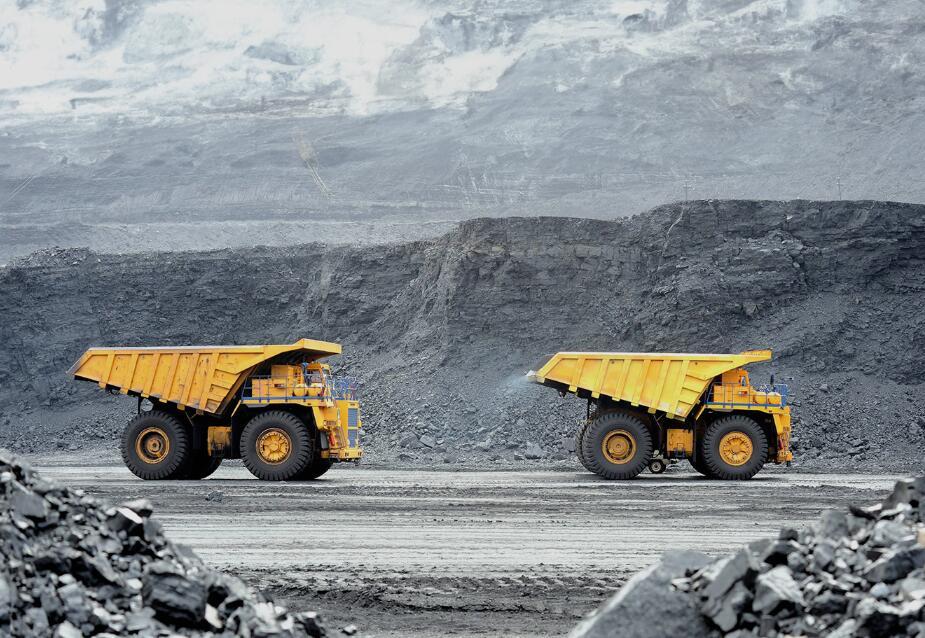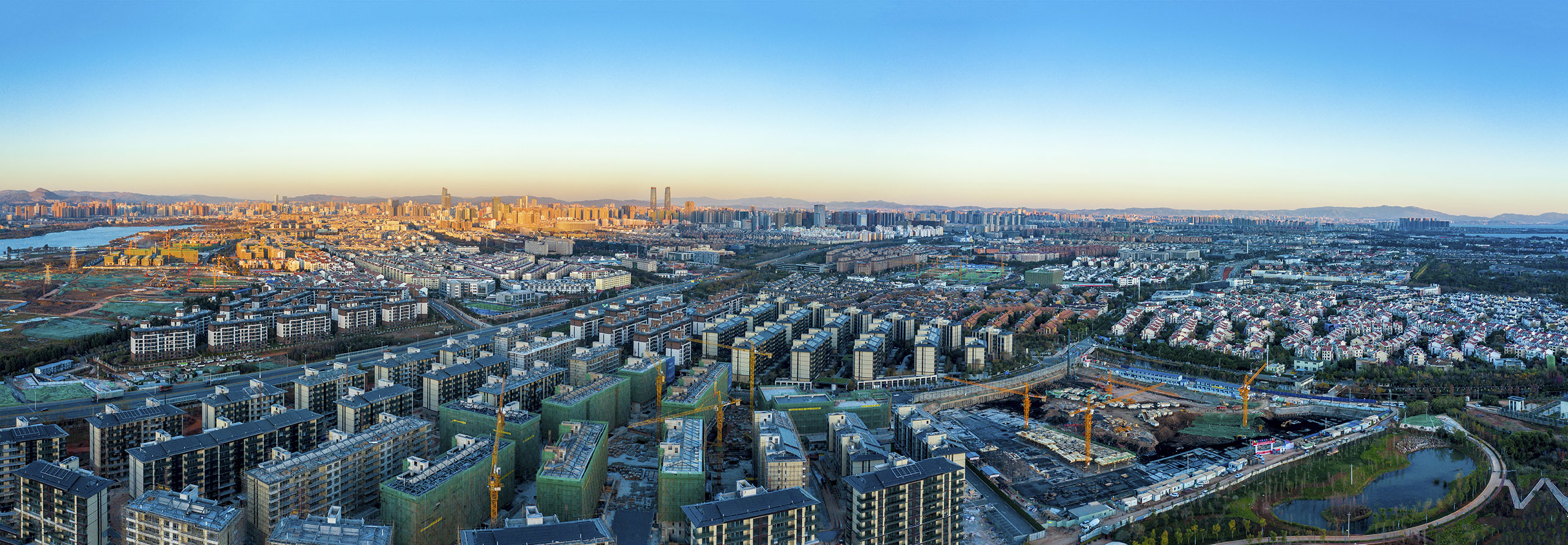Conditions for mining
2024-12-25

Different geological processes can form different types of minerals. Based on the geological processes and the sources of energy and materials that form mineral resources, the geological processes that form mineral resources, known as mineralization processes, are generally divided into endogenous mineralization, exogenous mineralization, metamorphic mineralization, and superimposed mineralization. Endogenous mineralization refers to various geological processes that lead to the formation of ore deposits due to the influence of heat energy from within the Earth. Exogenous mineralization refers to various geological processes that form ore deposits at the Earth's surface due to the direct action of solar energy and the interaction of the lithosphere, hydrosphere, biosphere, and atmosphere under external stress. Metamorphic mineralization refers to geological processes that form a different type of ore deposit with different properties and quality due to changes in geological environments, especially after deep burial or other thermodynamic events that alter the mineral composition, chemical composition, physical properties, and structural characteristics of ore deposits or ore-bearing rocks formed by endogenous and exogenous mineralization. Superimposed mineralization is a composite mineralization process that refers to a geological process where ore deposits are formed by the superposition of multiple mineralization processes. These four different types of mineralization processes create four types of ore deposits: endogenous deposits, exogenous deposits, and superimposed deposits. Whether minerals can form in a given area and how much can be formed is directly related to the quality of the mineralization geological conditions in that area.
The abundance of a country's mineral resources is directly related to the spatial conditions available for storing minerals, in addition to geological conditions. Under equally favorable geological conditions for mineralization, the larger the territory, the richer the mineral resources.
China is located in East Asia, on the western shore of the Pacific Ocean. It has a vast territory with fertile lands stretching for miles, intersecting mountains and rivers, beautiful scenery, and numerous lakes and basins. The topography is extremely magnificent. The western region is characterized by high mountains and steep ridges, while the eastern region has more hills and plains. This vast land and complex geological topography provide ample space for storing a rich variety of mineral resources. Additionally, across China's extensive territory, various stratigraphic sequences are well-developed, with distributions from the Archean to the Cenozoic; over more than 3 billion years from the Archean to the Cenozoic era, China has experienced multiple periods of extensive and intense magmatic activity that have formed various types of igneous rocks widely distributed throughout the country. China is an important part of the Eurasian continent and is a product of global crustal movement and tectonic evolution. From a plate tectonics perspective, China is located in the southeastern part of the Eurasian Plate, bordered by the Pacific Plate and Philippine Plate to the east and connected to the Indian Plate to the south. The Chinese mainland lies at the junction of these major plates and is influenced by several different tectonic units, thus creating favorable geological conditions for diverse minerals. It is precisely due to these various factors that China has become a major country in terms of mineral resources.
Previous article:
The next one:


